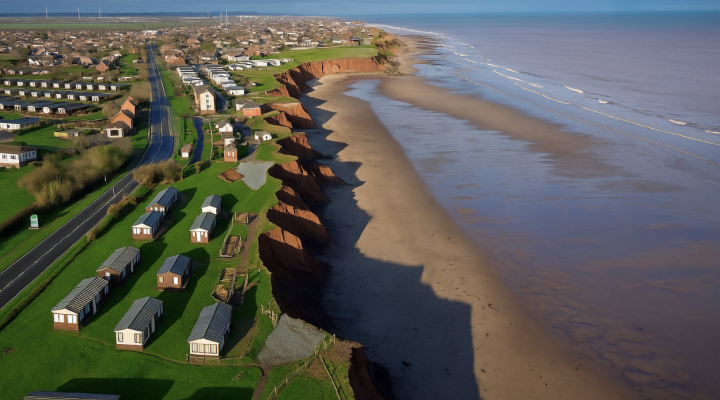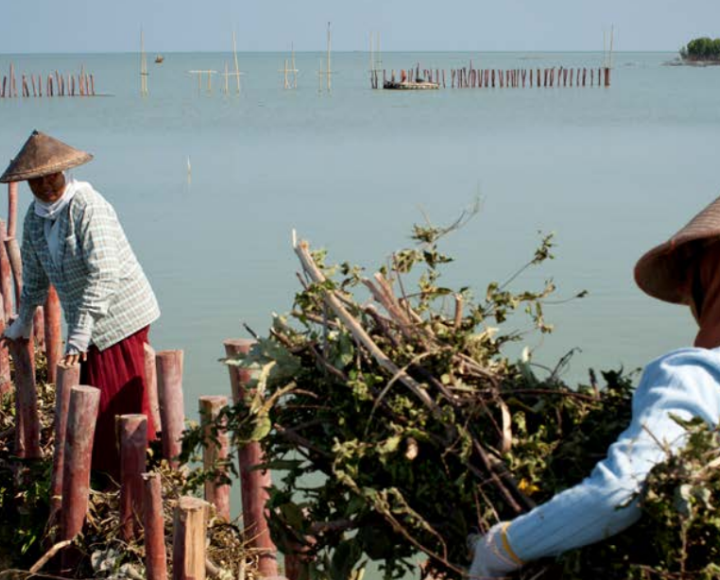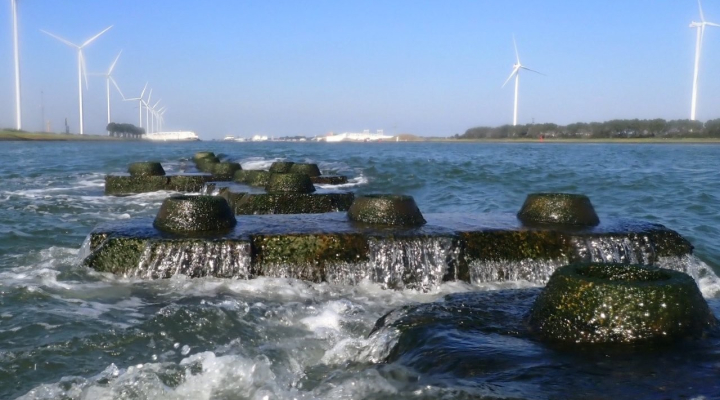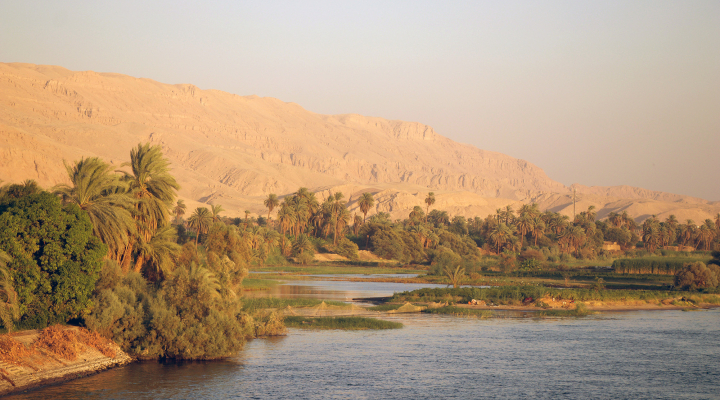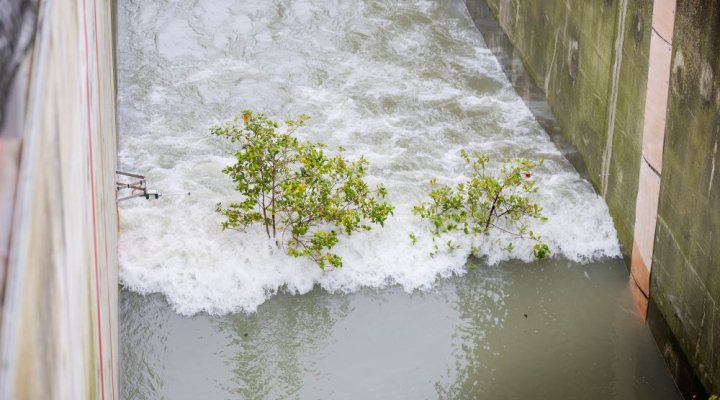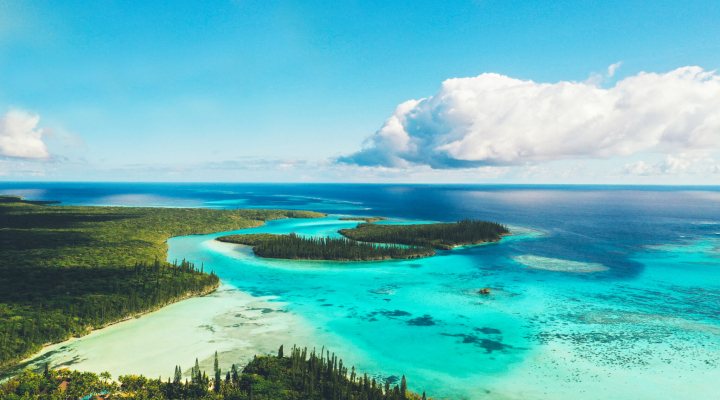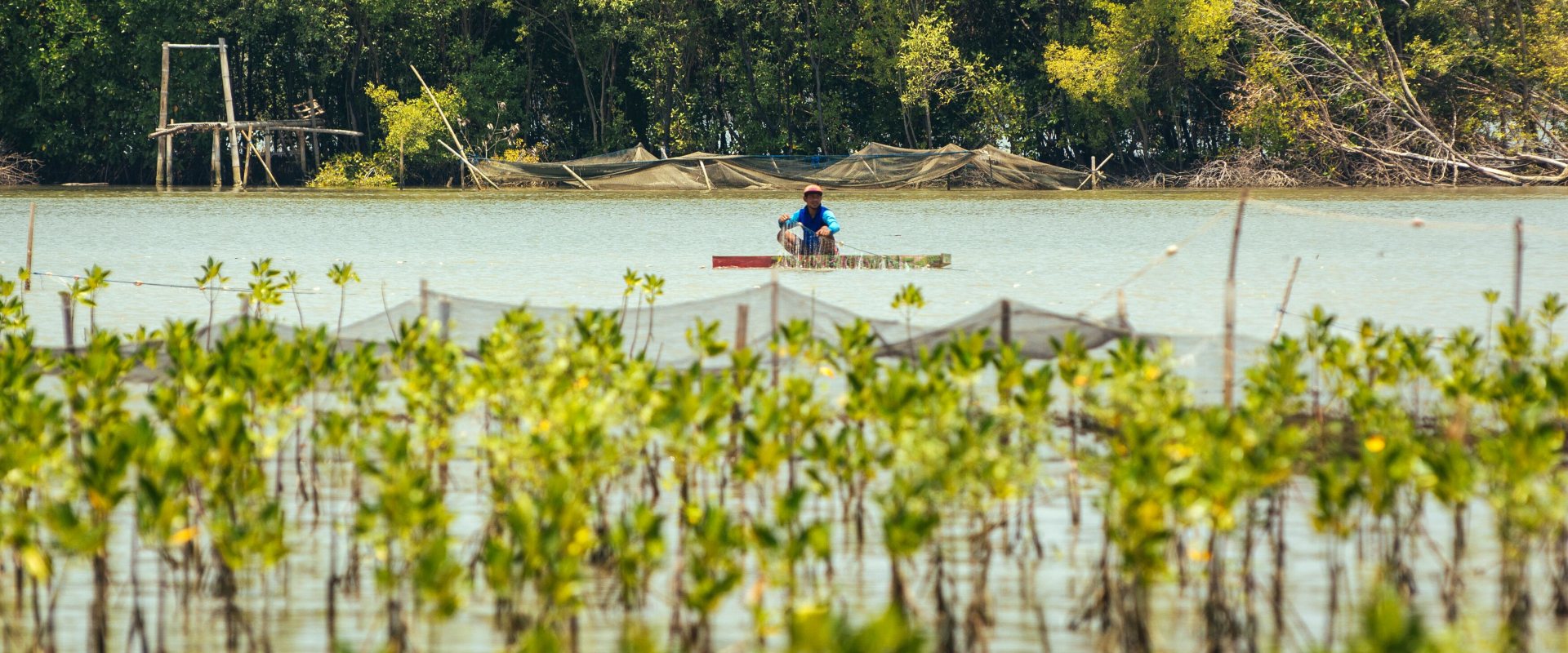
Triple trouble for mangrove coasts
Sea-level rise, lack of mud and squeezed habitats. These are the three types of pressure on coastal mangrove forests that is threatening their survival and the protection of coasts against flooding.
New computer simulations show a retreat landwards, reports a study published in Environmental Research Letters.
Pushed against shores
The paper features the results of the new simulations. They show how mangrove forests get pushed against their shores and what causes the loss of their diversity. Landward, river dams have decreased the supply of mud that could raise mangrove soils, while buildings and seawalls largely occupy the space that mangroves require for survival.
‘Mangrove diversity may be lost even if their total extent increases’, says Danghan Xie, PhD researcher at Utrecht University and lead author of the study.
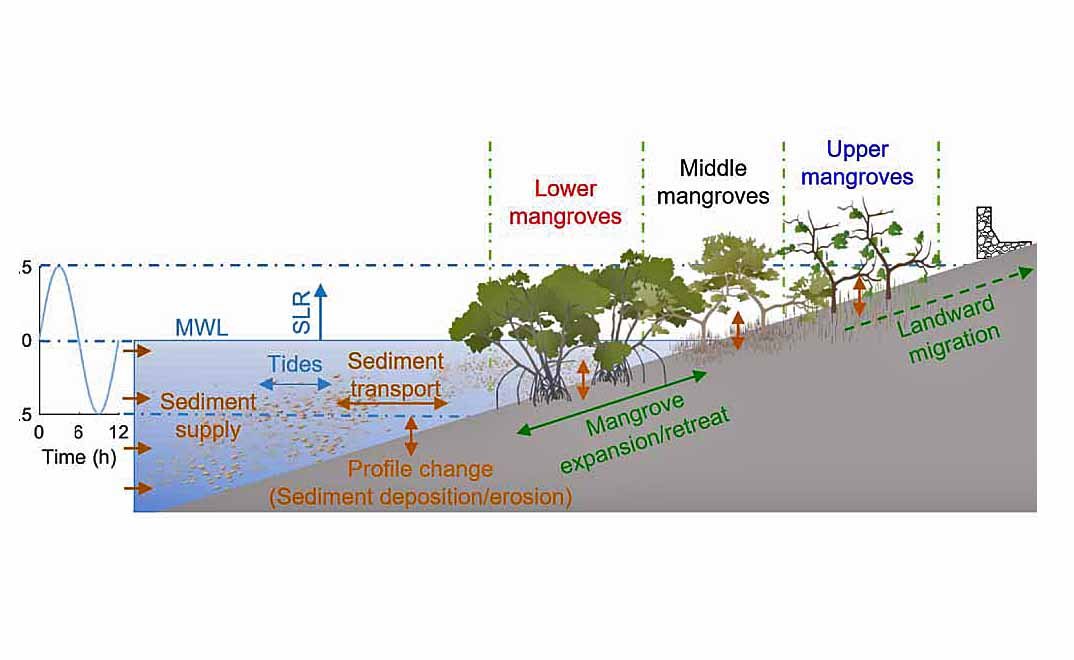

Landward retreat
The simulations include interactions among tides, mud transport and, for the first time, multiple mangrove species. The model shows that mangrove trees with dense roots trap mud more effectively and can stop it from reaching forest areas further inland.
‘This makes landward forests flood for longer periods of time, an effect that is intensified by sea-level rise’, Xie illustrates. ‘Increased landward flooding then seriously reduces biodiversity in that area. Human land use prevents the mangroves to ‘escape’ flooding by migrating inland, narrowing the mangrove zone and further endangering biodiversity.’
A narrow mangrove zone is much less effective in protecting the coast against storms, or in the worst case loses its protective properties altogether.
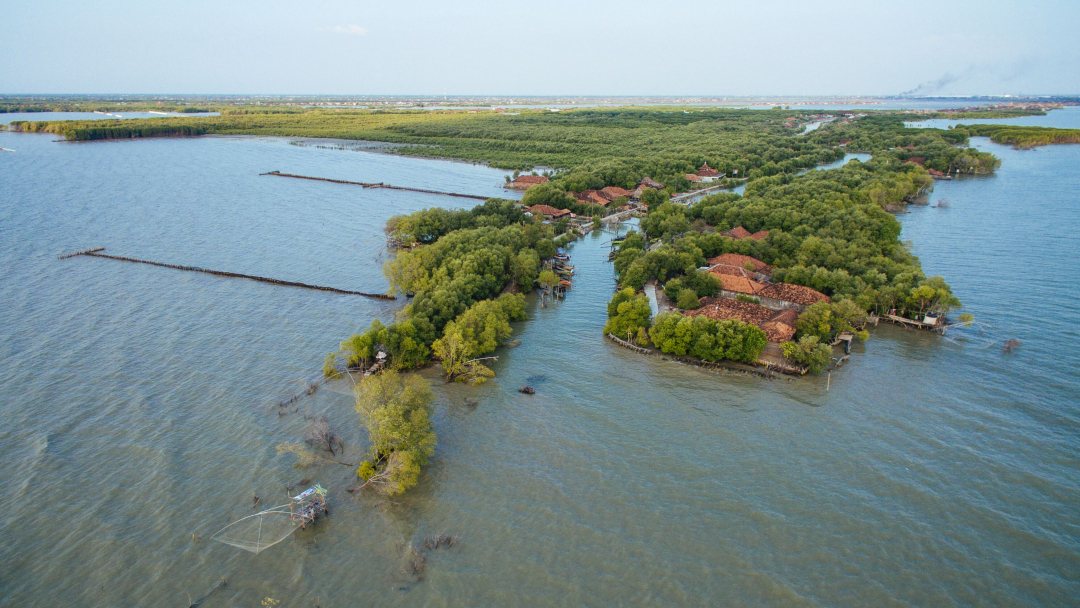

Restore mud delivery
Co-author Dr. Christian Schwarz, environmental scientist at the University of Delaware, adds: ‘The loss of mangrove species will have dramatic ecological and economic implications, but fortunately there are ways to help safeguard these ecosystems. It is essential to secure or restore mud delivery to coasts to counter negative effects of sea level rise. For coasts where mud supply remains limited, removal of barriers that obstruct inland migration is of utmost importance to avoid loss of mangrove forests and biodiversity.’
Read the full paper Mangrove diversity loss under sea-level rise triggered by bio-morphodynamic feedbacks and anthropogenic pressures in Environmental Research Letters.




